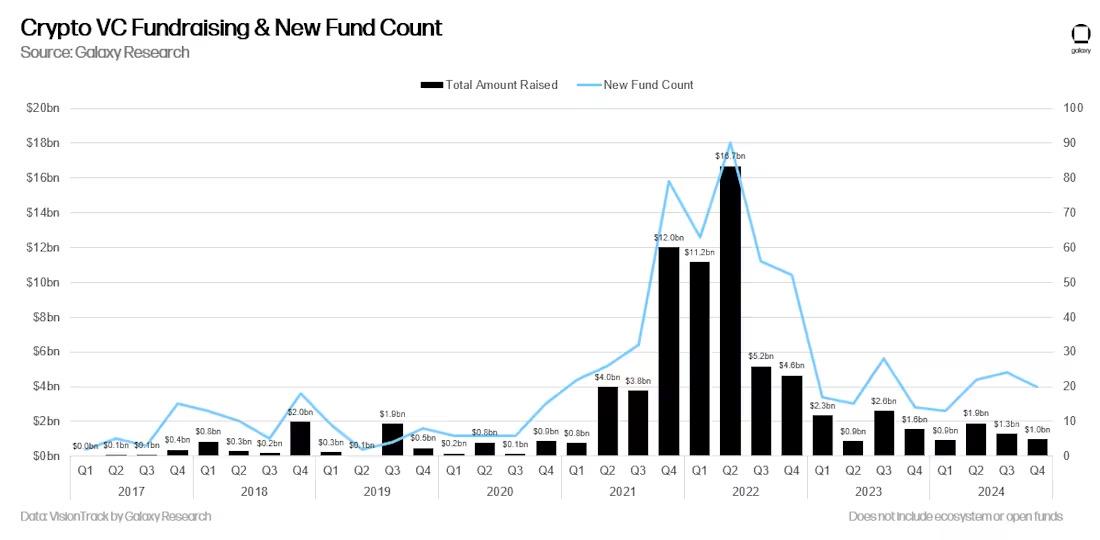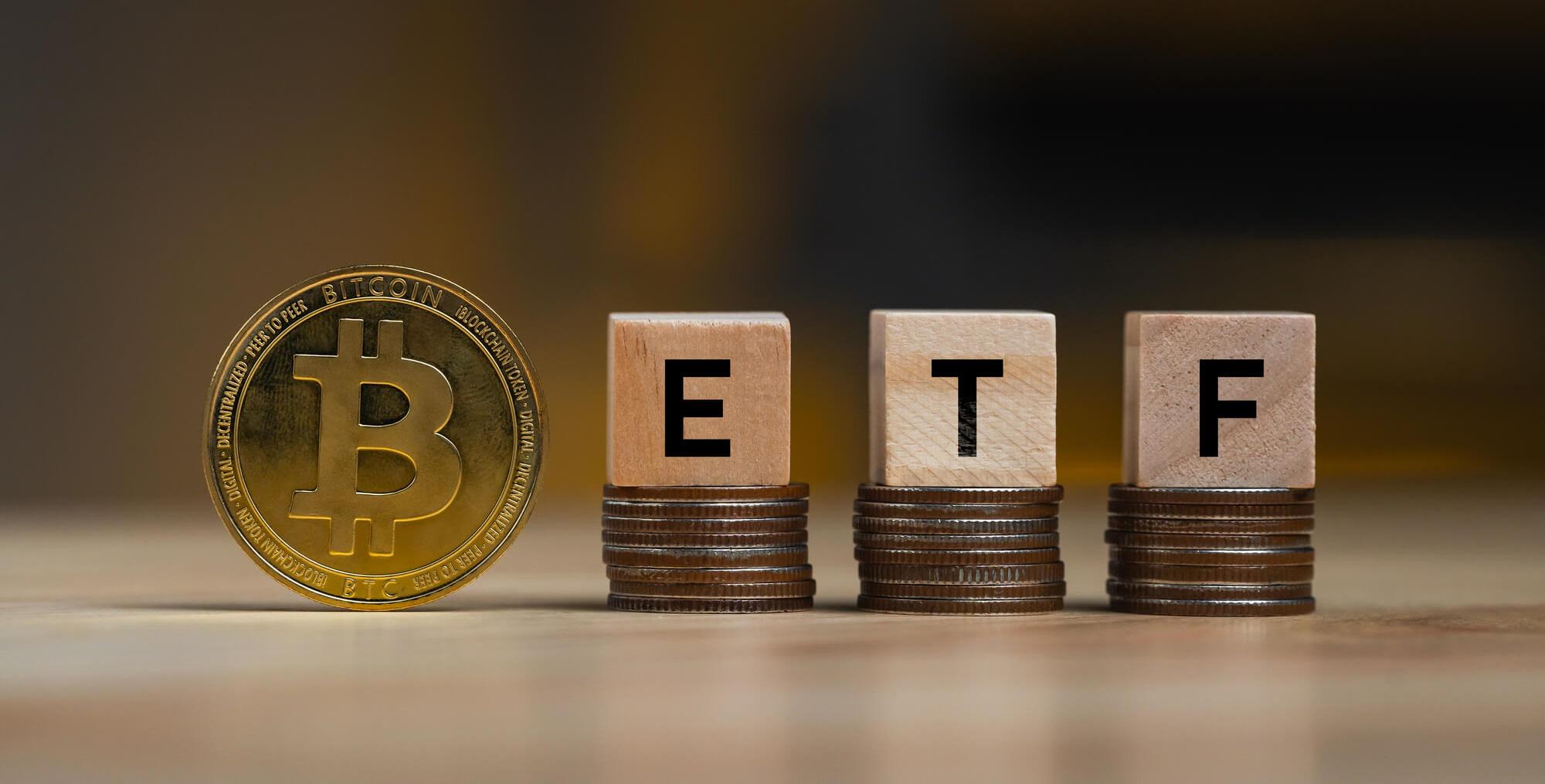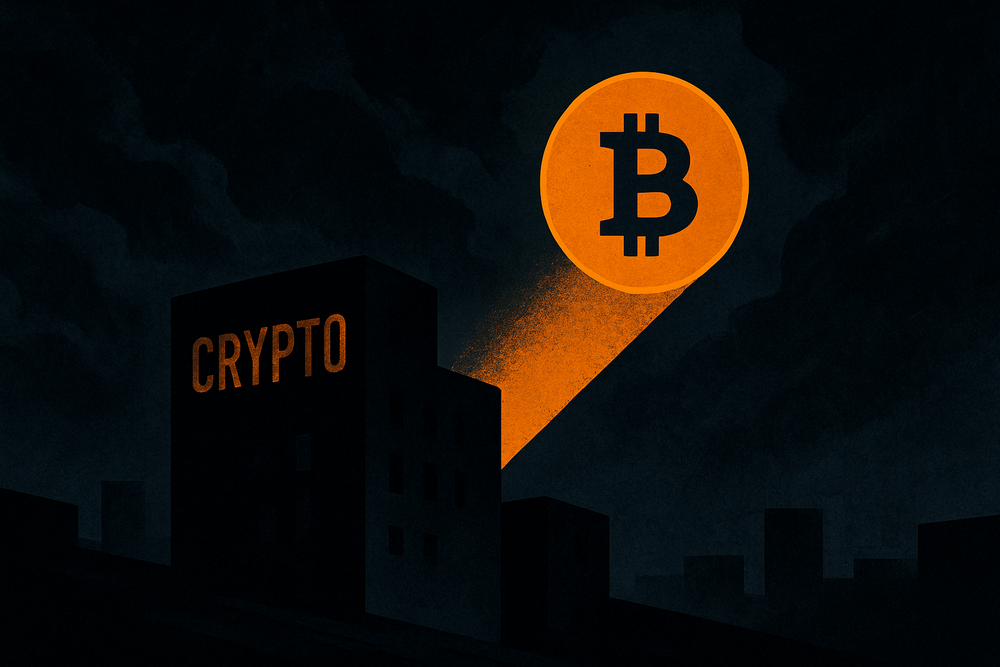
Author: Zen, PANews
Vintage originally refers to the "year" of wine; a good vintage is a gift from nature to humanity, while a poor vintage is constrained by weather and soil, making its flaws hard to hide. In the context of funds, the "establishment year" is often referred to as Vintage, similar to how the year of wine reflects its terroir, the year of a fund is a snapshot of the economic cycle, directly affecting returns.
For crypto funds established during the period of massive monetary easing due to the pandemic, they are currently experiencing the painful backlash from a "bad vintage."
Success from Bubble, Failure from Bubble
Recently, investors in crypto funds have been sharing their grievances on social media. The trigger was the announcement from the Web3 fund ABCDE that this $400 million fund would no longer invest in new projects and would not raise funds for a second phase. The fund's founder, Du Jun, stated that over the past three years, ABCDE has invested more than $40 million in over 30 projects, and despite the current poor market environment, its internal rate of return (IRR) remains at a globally leading level.
The pause in investments by ABCDE reflects the current predicament of crypto VCs: both institutional fundraising and project investment enthusiasm have declined, the token lock-up model has faced frequent scrutiny, and flexible investors are even using secondary markets and hedging operations to preserve the value of their portfolios. Amid high macro interest rates, unclear regulations, and intertwined internal industry challenges, crypto VCs are experiencing the most severe adjustment period to date. This is especially true for crypto funds established around 2021, as the current environment exacerbates the difficulties in their exit periods.
Bill Qian, co-founder of Cypher Capital, disclosed the performance of the funds they invested in, "In this cycle, we invested in over 10 VC funds, all of which have excellent GPs and captured leading projects. However, for our investment in the entire VC fund (as LPs), we have already made a 60% accounting reduction, hoping to eventually recover 40% of the principal; there’s no way around it, the vintage of 2022/23 just happened to be what it was. Sometimes you did nothing wrong, you just lost to time and the year." However, he is optimistic about the next cycle of crypto VC, as extremes often lead to reversals. Just like the web2 VCs in 2000 who faced a complete collapse in Silicon Valley, the following years became fertile ground for nurturing and investing in innovation.
The "capital frenzy" from 2021 to 2022, besides the continuous creativity within the industry, was also propelled by the prosperity of DeFi, NFTs, and blockchain games, and was related to the special historical context—affected by the COVID-19 pandemic, many central banks implemented massive quantitative easing and zero interest rates during this period, leading to a flood of global liquidity, with "hot money" seeking high-return assets. This environment has been referred to in academia and industry as the "Everything Bubble." The emerging cryptocurrency industry at that time became one of the significant beneficiaries.

Faced with such a windfall, crypto venture capital firms easily obtained funds and began to engage in "elevating" investments, betting on conceptual tracks with large sums while doing less rational analysis of the intrinsic value of projects. Similar to the tech stock bubble, this kind of frenzied investment and short-term surge, which is detached from fundamentals, is essentially "expectation pricing" under ultra-low capital costs. Crypto VCs poured large amounts of money into overvalued projects, thus laying hidden dangers.
Borrowing from traditional equity incentive mechanisms, the token lock-up mechanism aims to release tokens in a long-term phased manner to prevent project parties and early investors from concentrating on selling in the short term, thereby protecting ecological stability and the interests of retail investors. Common design mechanisms include "1-year cliff + 3-year linear release," and there are even longer lock-up periods of 5-10 years to ensure that teams and VCs cannot cash out before the project matures. This design itself is not problematic, especially for the crypto industry that has undergone years of wild growth. To dispel external concerns about "malicious behavior" by project parties and VCs, using token lock-ups as constraints is considered an effective method to enhance investor confidence.
However, when the Federal Reserve began to taper and raise interest rates in 2022, liquidity tightened rapidly, and the bubble in the crypto industry burst. As these inflated valuations quickly fell, the market entered a painful phase of "value return." The crypto VCs, who reaped what they sowed, gradually fell into their "darkest hour"—many institutions not only lost heavily in early investments but also faced questioning from retail investors who mistakenly believed they had made substantial profits.
According to data recently released by STIX founder Taran Sabharwal, among the projects tracked, almost all experienced significant valuation declines, with SCR and BLAST seeing year-on-year declines of 85% and 88%, respectively. Multiple data points indicate that many crypto VCs that promised to lock positions may have missed better exit opportunities in the secondary market last year. This forced them to seek alternative paths for survival—Bloomberg reported that several venture capital firms and market makers secretly collaborated to hedge lock-up risks through derivatives and short positions, profiting from market declines.
In a weak market, fundraising for new crypto funds is equally challenging. A report from Galaxy Digital shows that although the number of new funds increased throughout 2024, on an annualized basis, 2024 is the weakest year for crypto venture capital financing since 2020, with 79 new funds raising $5.1 billion, far below the frenzied levels during the bull market of 2021-2022.

According to a previous research article published by PANews, an incomplete count shows that 107 investment funds related to Web3 were launched in the first half of 2022, with a total amount reaching $39.9 billion.
Meme and Bitcoin ETF Fund Diversion
In the context of the industry lacking clear product narratives and practical use cases, the community has begun to lean towards creating topics and traffic through Meme hotspots. Meme tokens, with their allure of "get-rich-quick myths," have repeatedly sparked trading frenzies, siphoning off a large amount of short-term speculative capital.
These Meme projects often experience rapid hype but lack sustainable support. As the narrative of "gambling" on-chain continues to spread, Meme tokens have begun to dominate market liquidity, capturing user attention and capital allocation. This has led to some genuinely promising Web3 projects being squeezed and obscured, with limited exposure and resource acquisition capabilities.
At the same time, some hedge funds have also begun to seek entry into the Memecoin market to capture excess returns brought by high volatility. This includes the venture capital firm Stratos, supported by a16z co-founder Marc Andreessen. This hedge fund launched a liquid fund holding the Solana-based meme coin WIF, which brought a substantial return of 137% in the first quarter of 2024.
In addition to memes, another milestone event in the crypto industry—the launch of Bitcoin spot ETFs—may also be one of the potential reasons for the sluggish altcoin market and the challenges faced by VCs.

Since the approval of the first batch of Bitcoin spot ETFs in January 2024, institutions and retail investors can directly invest in Bitcoin through regulated channels, and traditional Wall Street asset management giants have all entered the fray. In the three days leading up to the ETF launch, nearly $2 billion in funds flowed in, significantly enhancing Bitcoin's market position and liquidity. This further reinforced Bitcoin's asset attributes as "digital gold," attracting a broader range of traditional financial participants.
However, with the emergence of Bitcoin ETFs providing a more convenient and lower-cost compliant investment path, the original capital flow logic in the industry began to change. A large amount of capital that might have flowed into early venture funds or altcoins chose to remain in ETF products, turning into passive holdings. This not only interrupted the previous rhythm of capital rotation, where altcoins would rise after Bitcoin, but also caused Bitcoin and other tokens to increasingly decouple in price trends and market narratives.
Under the continued siphoning effect, Bitcoin's dominant position in the entire crypto market has continued to rise. According to TradingView data, as of April 22, Bitcoin's market share (BTC.D) has risen to 64.61%, reaching a new high since February 2021. This indicates that Bitcoin's status as the "main entry point for institutions" is becoming increasingly solidified.
The impact of this trend is multi-layered: traditional capital is increasingly concentrated in Bitcoin, making it difficult for entrepreneurial projects in the Web3 space to gain sufficient financing attention; for early VCs, the exit channels for project tokens are limited, and secondary market liquidity is weak, leading to extended repayment cycles and difficulties in realizing profits, forcing them to reduce investment pace or even pause investments.
Moreover, the external environment is equally severe: high interest rates and tightening liquidity make LPs hesitant to engage in high-risk allocations, while regulatory policies, although continuously evolving, still need improvement.
As Rui from Hashkey Capital wrote on Twitter: Will there be a counterattack like in 2020? Many friends have a pessimistic attitude and are leaving the market; their logic is simple and effective. On one hand, all the users who should have entered have already come in, and everyone has become accustomed to the casino-like gameplay, defining the quality of projects by pump and dump, just like they are used to shorting ETH; user attributes have already solidified. On the other hand, it is difficult to see a similar level of explosive growth in applications; fields like Social, Gaming, ID, etc., have all been "attempted to be reconstructed" by Crypto, but in the end, everyone finds it to be a mess, making it hard to find new infrastructure opportunities and new infinite imaginations.

Under multiple pressures, the "dark hour" for crypto VCs is likely to continue for quite some time.
免责声明:本文章仅代表作者个人观点,不代表本平台的立场和观点。本文章仅供信息分享,不构成对任何人的任何投资建议。用户与作者之间的任何争议,与本平台无关。如网页中刊载的文章或图片涉及侵权,请提供相关的权利证明和身份证明发送邮件到support@aicoin.com,本平台相关工作人员将会进行核查。




